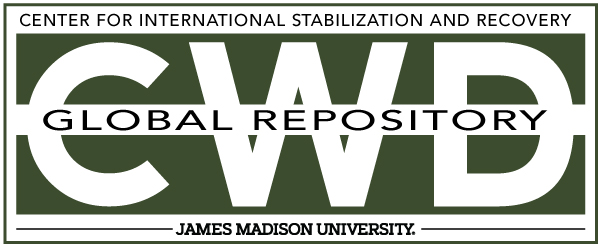Document Type
Other
Creative Commons License

This work is licensed under a Creative Commons Attribution-Noncommercial-No Derivative Works 4.0 License.
Publication Date
5-2004
Keywords
ERW Clearance, Mechanical, Demining, Research, Study
Abstract
The GICHD Study of Mechanical Application in Demining is published after two years of research. The study puts the spotlight onto the use of machines as part of worldwide efforts to clear land mines. It looks at how machines work, the physical interaction between the machine tool, the ground struck, and the effects on the mines and UXO. The main roles for machines - potential for clearance, area reduction, and ground preparation - are explained, giving a description of each methodology, and illustrating these with actual case studies from the field.
The study also deals with how machines can be utilized in a risk assessment and risk reduction process, provides basic guidelines for the protection of machine operators when working in a mined environment, and develops a way of measuring the cost-effectiveness of a machine via software provided.
Among some of the main conclusions of the study are that some machines show the potential to be regarded as primary clearance systems, that the overall riddance of the mines problem could be greatly hastened by increased use of machines in area reduction, and that the use of magnets to reduce metal contamination as part of ground preparation can dramatically improve the efficiency of subsequent manual demining operations.
The Study of Mechanical Application in Demining is a good starting point for anyone interested in learning about the potential for machines to improve and speed up the current, painfully slow process of mine clearance.
Included in
Defense and Security Studies Commons, Peace and Conflict Studies Commons, Public Policy Commons, Social Policy Commons



